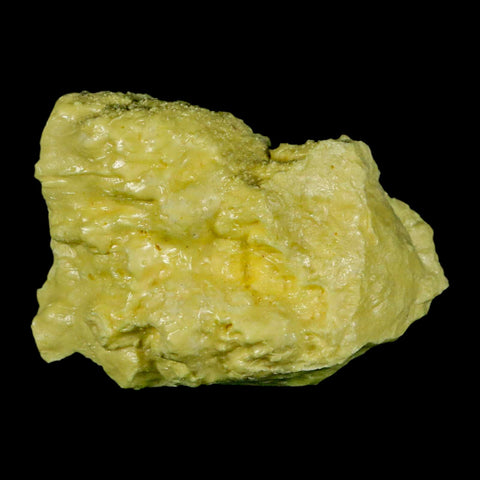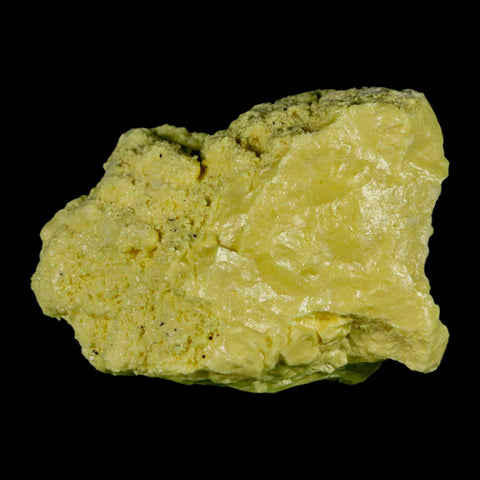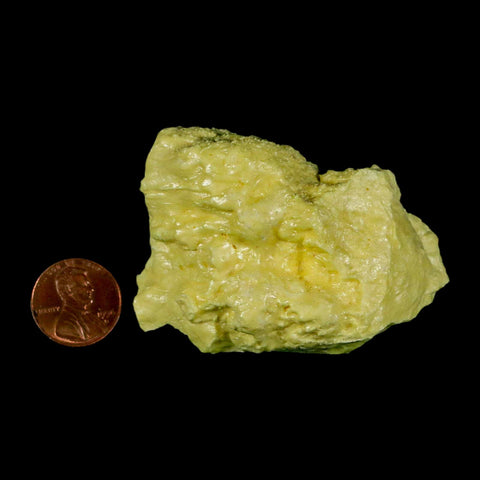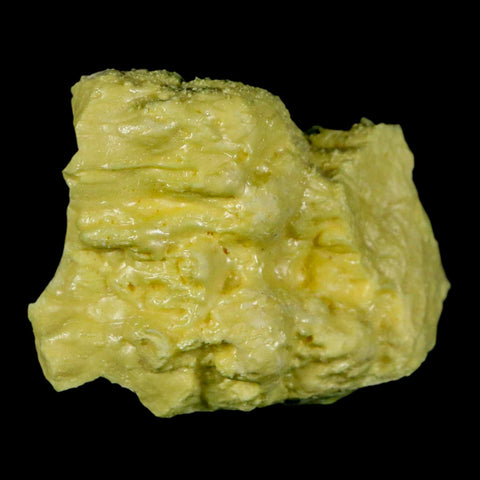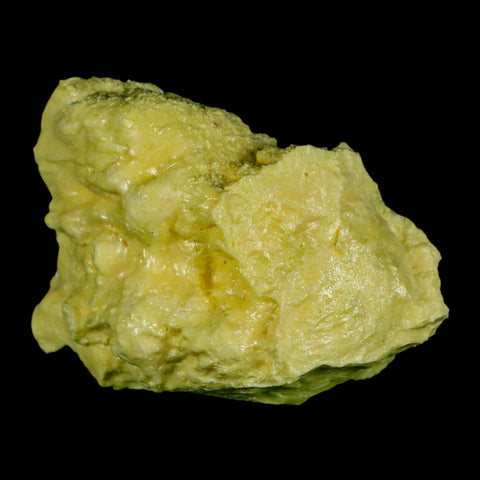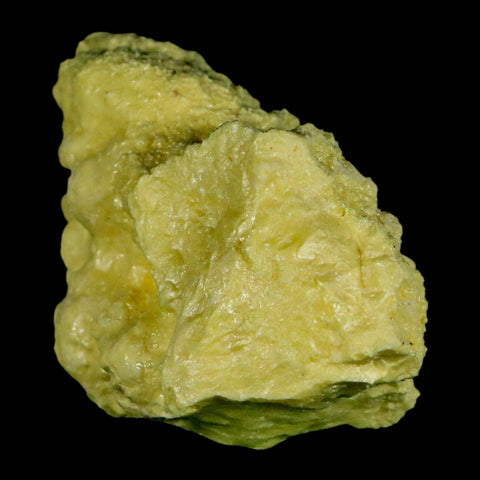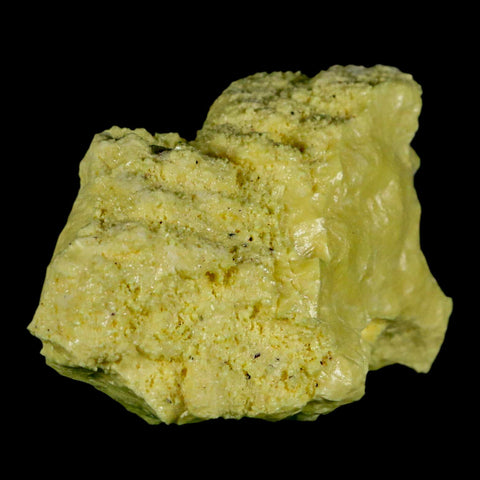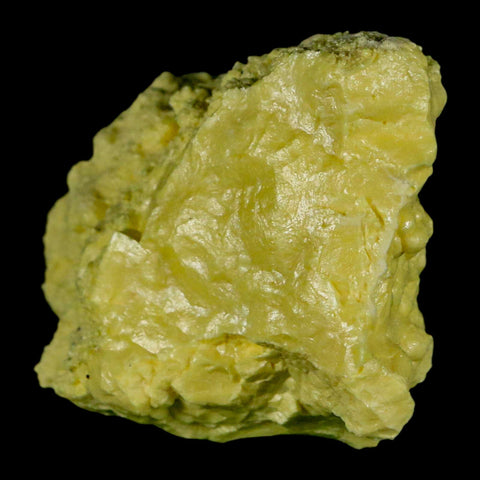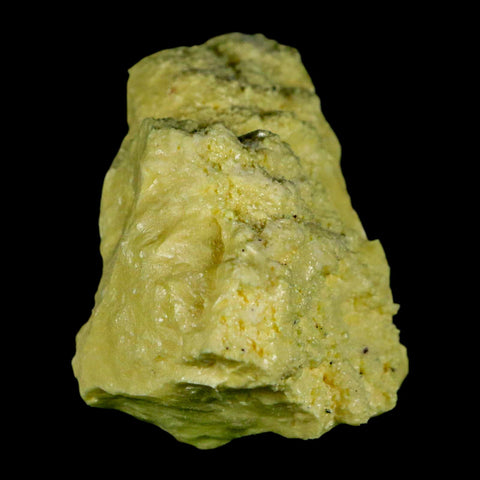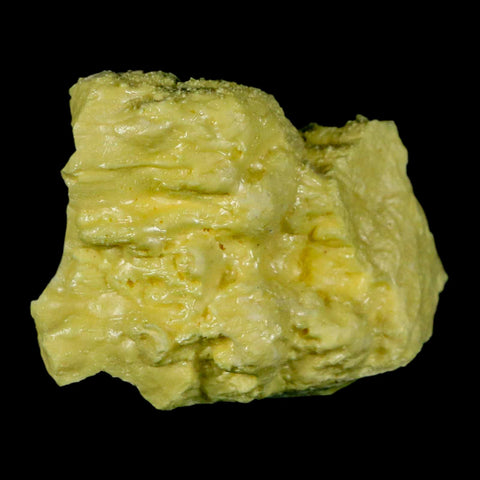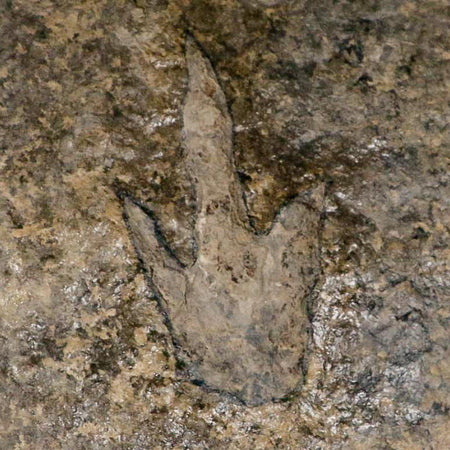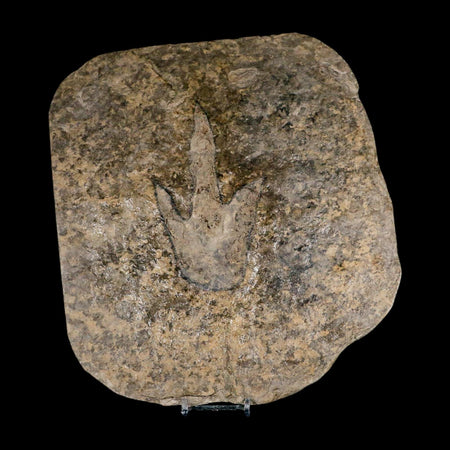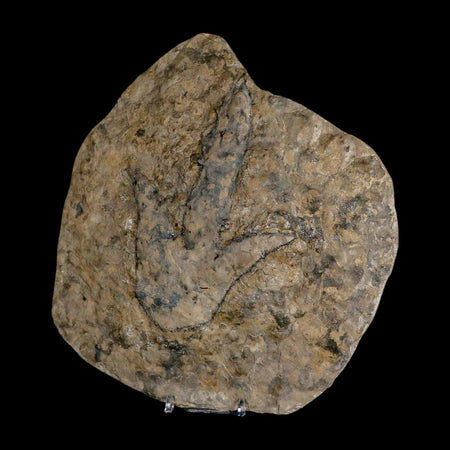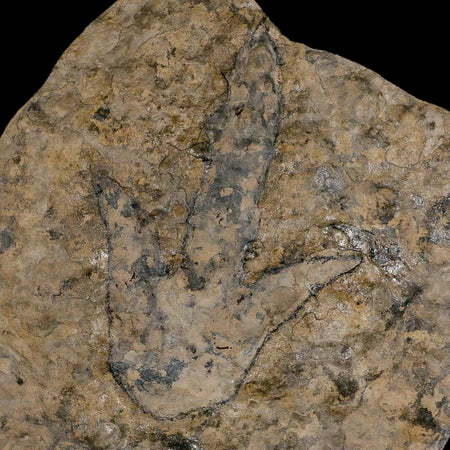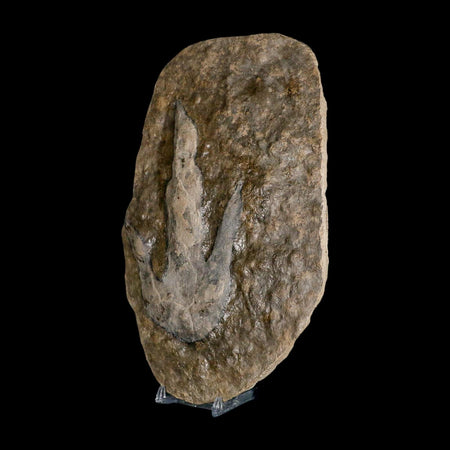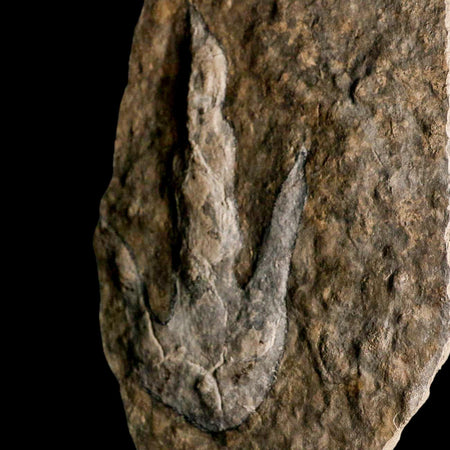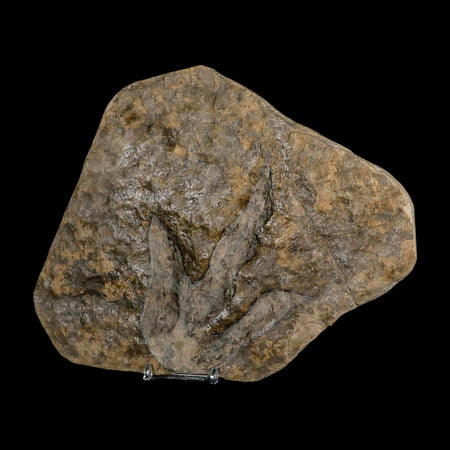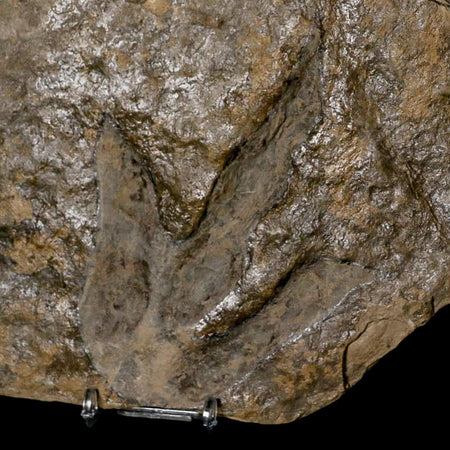2.6" Rough Bright Yellow Sulfur Crystal Mineral Specimen From Louisiana
Location: Sulfur, Louisiana, United States
Weight: 3.1 Ounces
Dimensions: 2.6 Inches Long, 1.8 Inches Wide, 1.5 Inches Thick
The item pictured is the one you will receive.
Sulfur, particularly native sulfur, has played a historically significant role in Louisiana due to its unique geological formation and economic value. The state’s sulfur deposits are primarily associated with the caprock of salt domes, a distinctive geological structure commonly found throughout the Gulf Coast region. These deposits have been a vital resource for various industries, including the production of sulfuric acid, fertilizers, chemicals, and explosives, highlighting their enduring industrial importance.
The formation of these sulfur deposits is a result of the bacterial reduction of anhydrite (calcium sulfate) within the caprock. This process, known as bacterial sulfate reduction, utilizes hydrocarbons as an energy source and produces hydrogen sulfide. The hydrogen sulfide then reacts with oxygenated groundwater to form elemental sulfur. This biogenic origin distinguishes Louisiana's sulfur deposits from those formed by volcanic activity or other geological processes.
Mining sulfur in Louisiana was once hindered by unstable sediments and quicksand, making traditional methods ineffective. However, Herman Frasch’s groundbreaking process transformed the industry by injecting superheated water to melt sulfur underground and pumping it to the surface with compressed air. This innovative technique not only overcame the geological challenges but also made sulfur extraction economically practical. Thanks to the Frasch process, Louisiana became a leading worldwide supplier of sulfur for decades, highlighting the lasting impact of this method on the industry.
Known as "brimstone," sulfur was the go-to ingredient for making everything from fertilizers to explosives. Thanks to the Frasch mining method, this Louisiana sulfur was impressively pure and highly sought after. Although mining it directly in Louisiana has mostly stopped—thanks to economics and sulfur turning up as a natural gas byproduct—the legacy of those vibrant deposits and clever mining tricks still sparks curiosity in the state's industrial and geological story.


